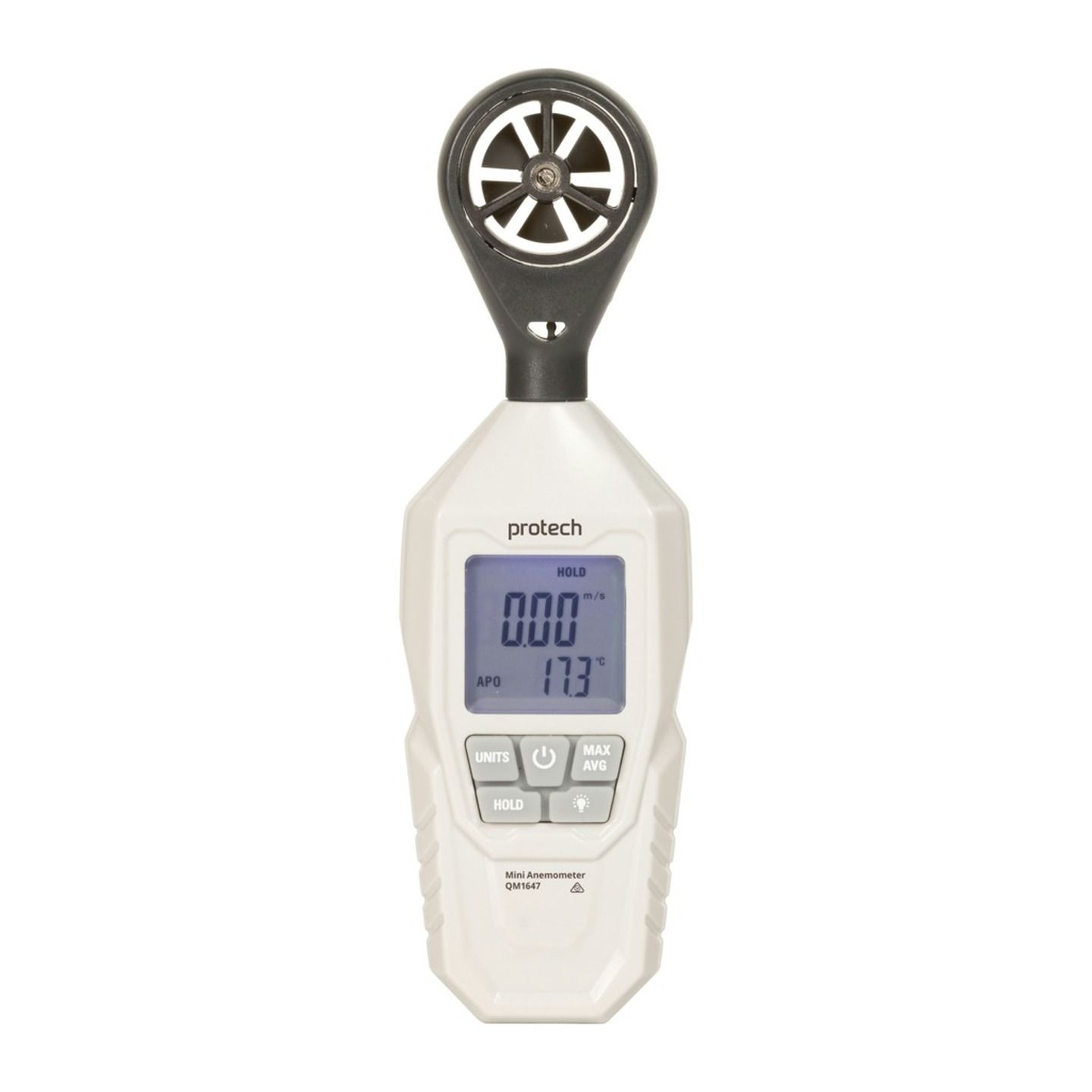Anemometers Introduced: Recognizing Their Significance in Environmental Monitoring and Precaution
The function of anemometers in environmental surveillance and safety procedures is frequently ignored, yet their importance is indisputable. From weather forecasting to air travel safety, anemometers play an important role in providing precise information that notifies decision-making processes and enhances total safety.
Background of Anemometers
The development of anemometers can be mapped back to the ancient civilizations where primary wind determining devices were initial made use of. These early wind dimension devices laid the foundation for the advancement of a lot more advanced anemometers gradually. One of the earliest known anemometers was the hemispherical cup anemometer created by Leon Battista Alberti in the 15th century. This design included 4 hemispherical cups that gathered wind power, providing a measurement of its strength based upon the speed of turning.
In the 18th century, the popular researcher John Thomas Romney Robinson presented the Robinson anemometer, which featured four hemispherical mugs installed on horizontal arms that expanded from a central axis. This design ended up being a criterion in atmospheric dimensions because of its precision and integrity. For many years, developments in modern technology led to the advancement of even more modern anemometers, including ultrasonic anemometers and laser Doppler anemometers, using enhanced accuracy and effectiveness in determining wind rate and instructions. The history of anemometers showcases an exceptional trip of innovation and progress in the area of meteorology.
Kinds of Anemometers
Throughout the area of weather forecasting, numerous kinds of anemometers have actually been established to precisely determine wind speed and instructions. The most common kind is the cup anemometer, which includes three or 4 mugs installed on horizontal arms that rotate with the wind. As the mugs spin, the speed at which they rotate is straight proportional to the wind speed. Another widely made use of kind is the vane anemometer, which features a tail or fin that aligns itself with the wind instructions. This alignment enables the gadget to identify the wind direction. Sonic anemometers make use of ultrasonic signals to measure wind speed and instructions precisely. They are generally used in research study applications due to their high accuracy. Hot-wire anemometers run based on the concept that the cooling effect of wind on a warmed wire is proportional to the wind speed. These anemometers are appropriate for gauging reduced wind speeds with high accuracy. Each kind of anemometer has its staminas and is chosen based upon the details needs of the surveillance job at hand.
Applications in Weather Forecasting
Having actually discussed the various kinds of anemometers made use of in weather forecasting for measuring wind speed and direction, it is necessary to discover their practical applications in the field. Anemometers play a critical duty in meteorology by offering exact and real-time data on wind conditions (anemometer). Meteorologists use anemometers to keep an eye on wind rate and direction to anticipate climate patterns, concern warnings for severe weather events like storms, typhoons, and tornadoes, and examine weather for air travel safety
In meteorology, page anemometers help in understanding local and regional wind patterns, which are vital for predicting weather changes and identifying weather fads. These tools are also used in research study to examine microclimates, metropolitan warm islands, my explanation and air pollution diffusion. In addition, anemometers are utilized in farming to optimize plant management practices, such as watering and pesticide application, based upon wind conditions.
Significance in Aviation Safety
An indispensable facet of ensuring air travel safety lies in the precise monitoring of wind problems using anemometers. Anemometers play a vital function in aviation by supplying real-time data on wind rate and instructions, helping pilots in making educated decisions throughout touchdown, liftoff, and flight. Solid and unforeseeable winds can substantially impact aircraft procedures, making it necessary for aviation authorities to rely upon exact wind measurements to make sure the safety of travelers and staff.

In the vibrant environment of air travel, where also minor modifications in wind rate and direction can have profound impacts, anemometers stand as important devices for promoting safe and secure flight.
Duty in Environmental Research
Anemometers play an essential function in ecological study by giving vital information on wind rate and instructions. By accurately determining wind features, anemometers help scientists analyze the activity of contaminants in the air, examine the impact of content industrial exhausts, and anticipate the spread of contaminants in the setting.


Conclusion
In conclusion, anemometers have played an important function in ecological tracking and security measures. With an abundant background and different types available, these devices have actually been extensively made use of in weather forecasting, aeronautics safety and security, and ecological research. Comprehending the relevance of anemometers is important for properly measuring wind rate and instructions, which is crucial for anticipating weather patterns, ensuring safe aeronautics procedures, and carrying out environmental studies - anemometer. Their payments to these areas can not be ignored.
One of the earliest known anemometers was the hemispherical mug anemometer created by Leon Battista Alberti in the 15th century. Over the years, improvements in innovation led to the growth of even more contemporary anemometers, including ultrasonic anemometers and laser Doppler anemometers, providing raised accuracy and efficiency in determining wind rate and instructions. Hot-wire anemometers operate based on the concept that the cooling impact of wind on a heated wire is proportional to the wind rate. Meteorologists use anemometers to check wind rate and instructions to forecast weather patterns, concern cautions for severe weather condition occasions like tornadoes, typhoons, and tornados, and assess atmospheric problems for aeronautics safety.
Understanding the relevance of anemometers is vital for precisely gauging wind rate and direction, which is important for anticipating climate patterns, ensuring safe air travel procedures, and performing environmental researches. (anemometer)